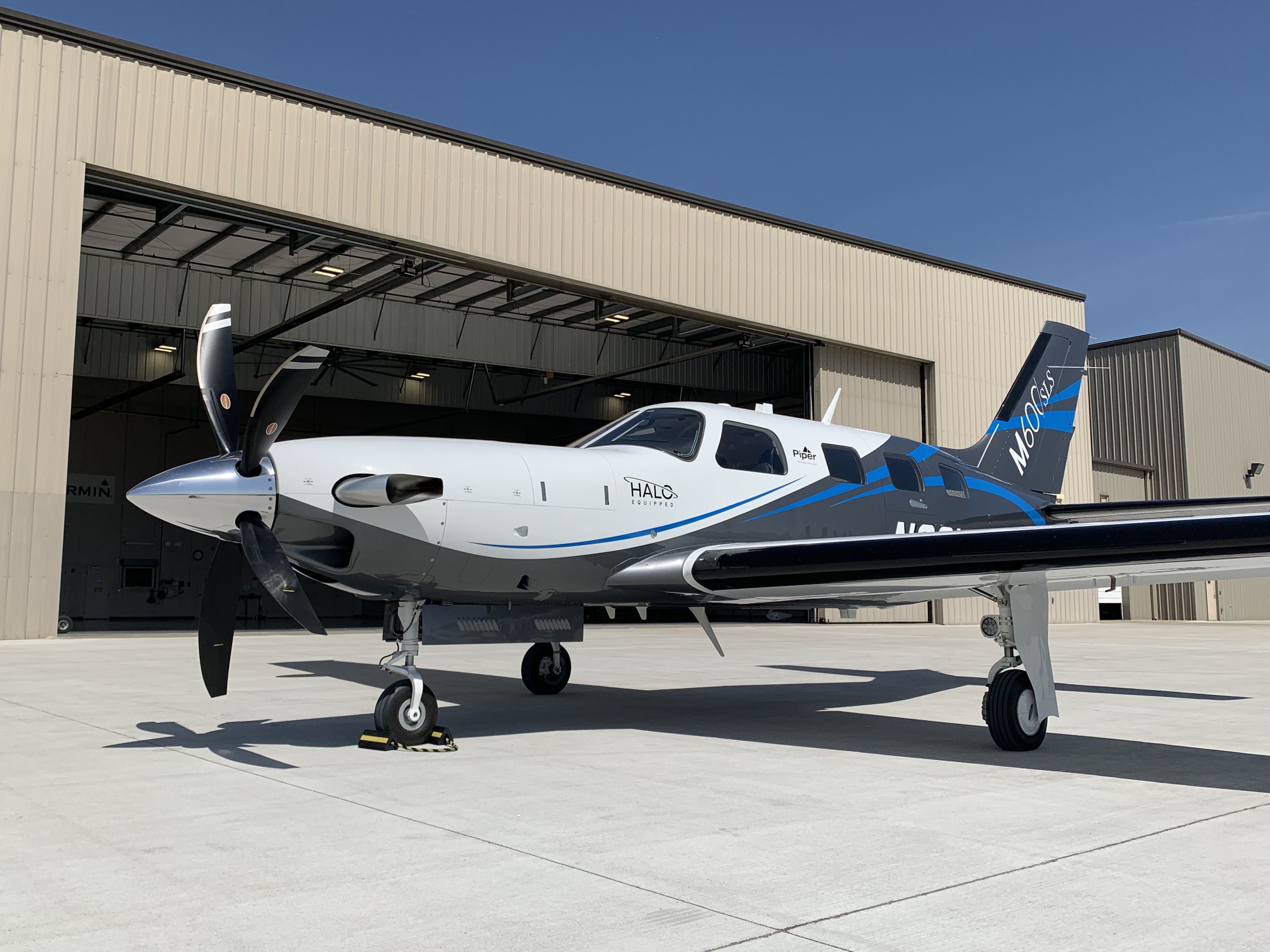Piper Aircraft announced today at AERO 2023 that all of its PA-46-based, single-engine turbine-powered aircraft are now able to use sustainable aviation fuel (SAF). Use of the fuel was approved by the FAA under Special Airworthiness Information Bulletin (SAIB) NE-11-56R4, which states that all jet fuel that meets the requirements of ASTM International Standard D7566 is “acceptable for use on aircraft and engines certificated for operation with D1655 Jet A or Jet A-1 jet fuel if they are re-identified as D1655 fuel.” Piper models covered include the M600/SLS, M500 and Meridian.
“We are pleased with the continuous improvements made to our products, especially in regards to environmental consciousness,” said Ron Gunnarson, Piper vice president of sales, marketing, and customer support. “Prioritizing sustainability in our aircraft as technological advancements allow is important to Piper Aircraft, first seen in our electric Archer TX/CAE partnership and now with Sustainable Aviation Fuel compatibility in our turboprops.”
Piper noted that the introduction of SAF to its turboprop line will not require any changes to aircraft placarding or pilot’s operating handbooks. According to the company, SAF is available in in every country where turbine M-Class aircraft operate. Made from materials such as used cooking oil and animal fat waste, SAF reportedly reduces greenhouse gas (GHG) emissions by up to 80 percent compared to fossil jet fuel.




































This is a magic hat trick. The burning of this SAF still produces CO2 just like real jet fuel and guess what? It still enters our atmosphere. No change in the overall CO2 production.
It’s amazing how quick they approved “sustainable” fuels (which are NOT sustainable) to solve an imaginary problem compared to unleaded avgas to solve a real and looming problem.
We’re gonna have to divert a LOT more food to produce this fuel, but that’s ok. The world’s surplus food is getting to be a problem.
So, so right You’re, Mr. Ed F.
I wonder who will produce sustainable fuel? Exxon and other major oil companies are abandoning their sustainable fuel projects because they are money losers. Just curious, what volume of sustainable fuel is currently being produced compared to overall demand (production) of petroleum based jet fuel? Is it even possible to produce the volume of SAF
required to replace current consumption of jet fuel?
Turboprop operators can just magically begin using this fuel without the expense of buying an STC? Why, then, must I spend $450 to buy an STC to burn unleaded fuel in my Mooney M20K?
Because any fuel that meets the ASTM standard is chemically identical, no matter its origin.
Why has the FAA not issued a “ Special Airworthiness Information Bulletin” to say if it’s a spark ignition engine it can run G100UL without any further paperwork?
I’m missing from the article how and why Piper now is making hay from an almost 3 year old SAIB?
The SAIB said if the blended SAF/Jet A meets the ASTM standard, then nothing further is needed, no placards, no log entries, etc. UNLESS the Type Certificate Holder specifically excludes the use.
So, what has changed that didn’t change 3 years ago?
Also, could you cite the source that states, “…SAF reportedly reduces greenhouse gas (GHG) emissions by up to 80 percent…”. That’s news to me.
The reduction in greenhouse gases is based on Fuel Life Cycle, not just what comes out the tailpipe.
We’re saving the planet, one cow at a time!